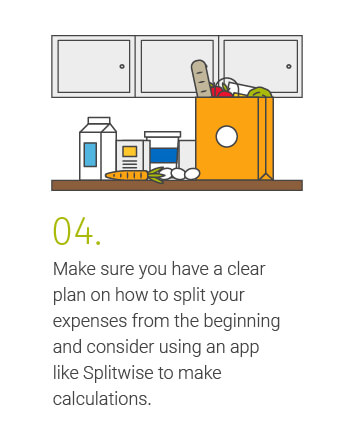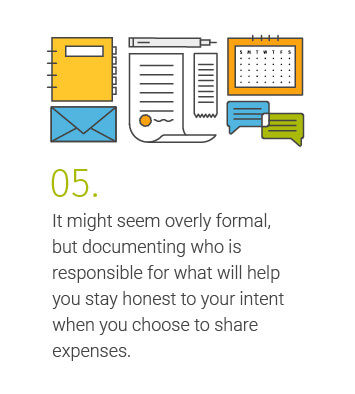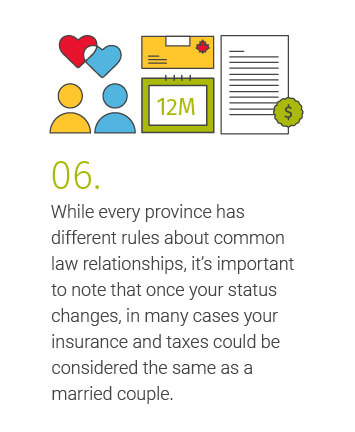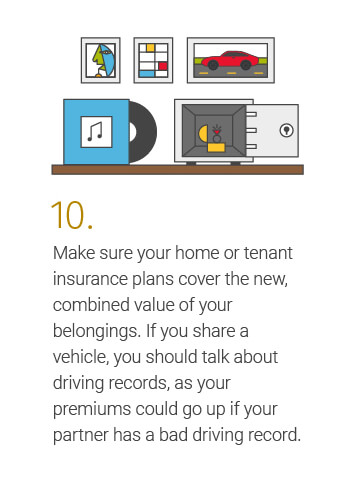Life insurance tends to be a difficult topic to address in most households. Ensuring that loved ones are protected in the event of death is a priority for many Canadians. However, about 40 per cent of Canadians do not have life insurance, according to the Canadian Life and Health Insurance Association.
There are many reasons people put off thinking about life insurance. It’s complicated to understand or they don’t think they need it just yet. In this article we’re going to focus on the former. Here’s a straightforward list to help answer common questions:
What is life insurance?
Life insurance is a contract between a person (policyholder) and an insurance company. The policyholder pays a premium and in exchange the insurance company gives a lump-sum amount (death benefit) to the beneficiary or beneficiaries assigned to the policy when the person insured on the policy passes away.
What is a premium?
Premium is the amount of money a person pays for their insurance policy. It is typically paid monthly but can also be paid annually.
What is a death benefit?
A death benefit is the lump-sum amount that is paid out to the beneficiary of a life insurance policy when the person insured on that policy dies.
What are beneficiaries and how do I choose them?
Insurance beneficiaries are the people named in a life insurance policy who will receive the policyholder’s death benefit. It can be one person or multiple people. It’s common to choose a spouse or children as beneficiaries to help maintain their lifestyle or help with future financial needs such as school or household payments. Some policyholders may elect to name a charity as their beneficiary.
Key aspects to remember when naming beneficiaries:
If a child who is a minor is the beneficiary, it is recommended to name a Trustee who will receive, in trust, the death benefit under the policy. It can’t be left directly to the minor or their case will go before a judge.
When an individual is named as a beneficiary, the proceeds of the death benefit would be paid out tax free.
In addition to the primary beneficiary appointed we recommend assigning a contingent beneficiary. A contingent beneficiary is a person who would receive the death benefit if the primary beneficiary were to pass away before the person who is insured.
Types of life insurance policies (term vs. permanent)
Understanding the difference between term insurance and permanent life insurance can sometimes be confusing, so let’s review together.
Term insurance for the most part, is more affordable than permanent insurance. This is largely attributed to the shorter coverage period, however the amount of coverage you select for the death benefit will also affect your premium. Term insurance is designed to cover shorter term needs. You can typically get a policy that will cover you between 10 – 40 years. This could be representative of the number of years your children will be financially dependent on you, or the number of years you anticipate you’ll have debt. If at the end of your chosen term you need coverage for a longer period of time, the policy can be renewed but at an increased premium.
Permanent life insurance does not expire and is best suited for those looking for long term coverage, however this typically comes at a higher premium. Permanent insurance has the insurance portion and can also have a cash value. The cash value has to accumulate over time and can be borrowed against. This growth portion is often the key benefit that individuals find valuable in this type of life insurance policy.
Two common types of permanent life insurance are whole and universal life.
What’s the difference between death benefits and cash value?
The death benefit paid from a life insurance policy may be tax-free, and is a lump-sum amount that is paid out once the person insured on the policy is no longer alive. The death benefit can be used for a number of things. Here are a few examples:
- Replace income
- Provide for children or dependents
- Pay for funeral expenses
- Pay off outstanding debt, including a mortgage
The cash value of a policy is available to the policyholder while they are alive. Cash value is the total amount of premiums paid minus the insurance amount. As noted above, you may have a cash value in a permanent policy like a Whole Life or Universal Life policy.
What is a rider?
Riders are additional types of protection that can be added to your insurance policy. They allow you to customize your life insurance policy to meet your unique needs. For example, if you have small children, you can add a small amount of supplementary life insurance for your children which they can take over when they are older. It allows you to lock in their insurability. What that means is if something changes in their life when they’re older that would make them ineligible for a policy, they would already have this one.
Choosing a life insurance policy that suits your needs and provides for your family is an attainable goal, but having someone on your side to answer questions and give helpful advice will make it easier.
Speak to RBC Life Insurance advisor in your area. Call 1-866-223-7113.
Call 1-866-223-7113.
*Home and auto insurance products are distributed by RBC Insurance Agency Ltd. and underwritten by Aviva General Insurance Company. In Quebec, RBC Insurance Agency Ltd. Is registered as a damage insurance agency. As a result of government-run auto insurance plans, auto insurance is not available through RBC Insurance in Manitoba, Saskatchewan and British Columbia.
This article is intended as general information only and is not to be relied upon as constituting legal, financial or other professional advice. A professional advisor should be consulted regarding your specific situation. Information presented is believed to be factual and up-to-date but we do not guarantee its accuracy and it should not be regarded as a complete analysis of the subjects discussed. All expressions of opinion reflect the judgment of the authors as of the date of publication and are subject to change. No endorsement of any third parties or their advice, opinions, information, products or services is expressly given or implied by Royal Bank of Canada or any of its affiliates.
Share This Article
Read This Next























